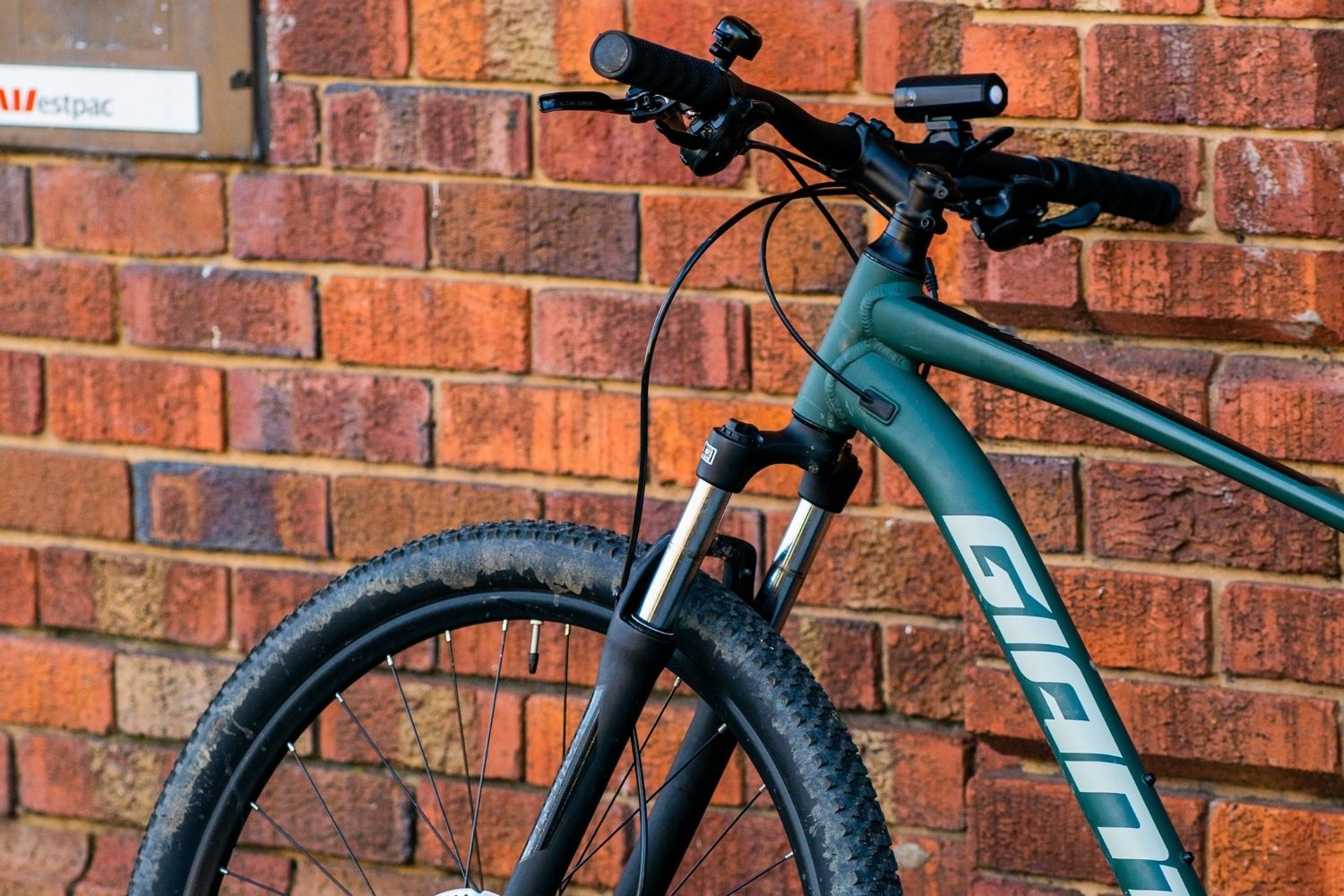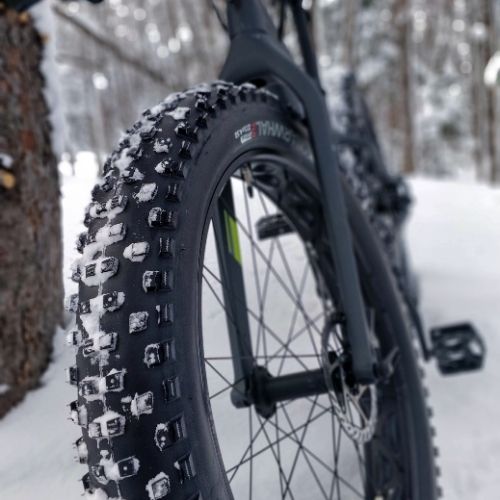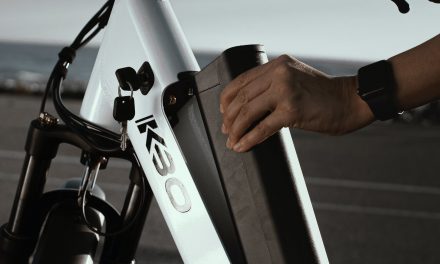Bike helmets come in a wide range of prices, ranging from under $20 (or even less) to helmets that cost hundreds. If you’re in the market for a new helmet, you might be wondering why there’s such a vast spectrum of price points – are cheap helmets safe? Comfortable? Is there any substantial difference between an inexpensive helmet and an expensive one?
When it comes down to it, cheap helmets are okay due to regulations, however upgrading to a more expensive bike will get you better safety, comfort and even aerodynamics.
Are Cheap Bike Helmets Safe?
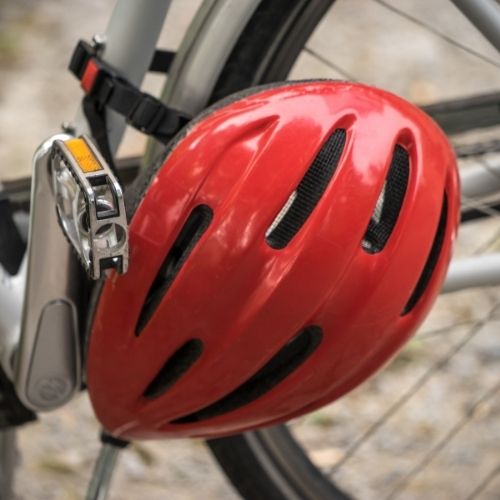
All helmets sold in the United States must meet minimum safety standards as outlined by the Consumer Product Safety Commission. Many other countries have their minimum safety standards for bicycle helmets.
However, a consumer report released in 2019 revealed that testing experts could purchase 13 helmets online that did not have a label stating that the helmet met CPSC safety guidelines, so make sure a helmet at any price point is clearly labeled as CPSC compliant.
Authentic CPSC stickers list which CPSC safety standard the helmet complies with and the month and year that the product was manufactured.
Many helmet manufacturers choose to go beyond the CPSC safety standards. MIPS safety systems are designed to help reduce the rotational force on the head during an angled impact.
MIPS helmets have a slightly elevated price point – often around $20 more than the non-MIPS version of the same helmet – but as rotational force can cause concussions or other brain injuries, this can be an essential safety feature to consider. MIPS systems are available in most major bicycle helmet brands at a variety of price points.
I like MIPS personally, and this helmet is a relatively great budget one, that I personally use!
One of the most stringent safety certifications available is the Snell Memorial Foundation Certification, which determines the helmet’s performance in various conditions environmental conditions and has a higher drop height than most other safety tests.
Snell also tests products purchased from retail stores rather than sent directly from the manufacturer, helping to ensure that the brands they certify have suitable quality control throughout their product lines.
Snell-certified helmets come at a premium, with many options being well over $100. Still, it provides superior protection and should especially be considered by mountain bikers, off-roaders, trick riders, and anyone with a motorbike.
Side Note: On the thought about safety, make sure to replace your helmet every so often. What, you didn’t know that helmets expire?
Are Cheap Bike Helmets Comfortable?
Like many questions of comfort, the answer here is “it depends.” Comfort is somewhat subjective and largely depends on what kind of bike riding you choose to do – a helmet that’s perfectly comfortable for a 20-minute ride to the park isn’t necessarily going to be comfortable on a three-hour trail ride.
Generally speaking, more expensive helmets will be lighter, have better ventilation, and are made from higher quality materials that can be more comfortable for the rider.
More expensive helmets are also more likely to keep up with current fashion trends and be more aesthetically pleasing, which can help riders feel comfortable and confident wearing their helmet.
Even though style can feel like a frivolous concern when choosing protective gear, it’s an important consideration if it helps you feel comfortable in your helmet. If you’re not in an accident, you can have a bike helmet for five to ten years, so consider this a long-term investment in your health and safety.
Are Cheap Helmets Aerodynamic?
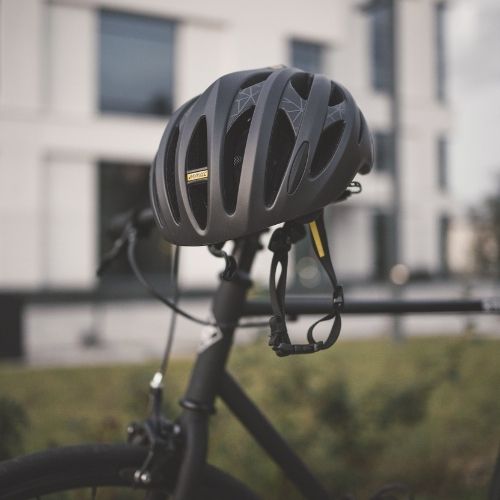
If you’re getting into racing or simply competing against yourself in speed trials, you probably want an aerodynamic helmet.
Aerodynamic helmets reduce drag around your head, Aerodynamic helmets can shave valuable seconds off of your cycling time, but they generally have less ventilation than a standard helmet and can be on the heavier side.
Most casual racers or riders looking to improve their personal best will want a helmet that balances aerodynamics and comfort, but these helmets do not come cheap.
You can expect to spend over $200 on a helmet that’s rated well in both categories. If you’re planning to race a motorbike, you can expect to pay even more, with highly-rated helmets ranging from $500-$4000.
Conclusion
The most critical function of any helmet is safety, and there’s a helmet that fits every budget that will help you protect your head from a bike accident. When deciding how much to spend, consider your comfortable budget, how often you ride, how long you ride on a single outing, whether or not achieving the best possible speed is important to you, and how risky the activities you participate in are.
Do not buy a helmet that you won’t wear in an attempt to save money. Money spent on something you don’t use is just wasted, and if you don’t have a helmet that you’re willing to put on every time you ride, you’re risking your life. Giving up bike riding because you don’t have a helmet that you feel good in also carries health risks, as biking is an excellent form of exercise and gets you out into nature, both of which have enormous benefits for your physical and mental health.
Whatever helmet you choose, make sure that you put it on before every ride and store it in a great place when you aren’t riding – your life is worth it! Happy riding!

